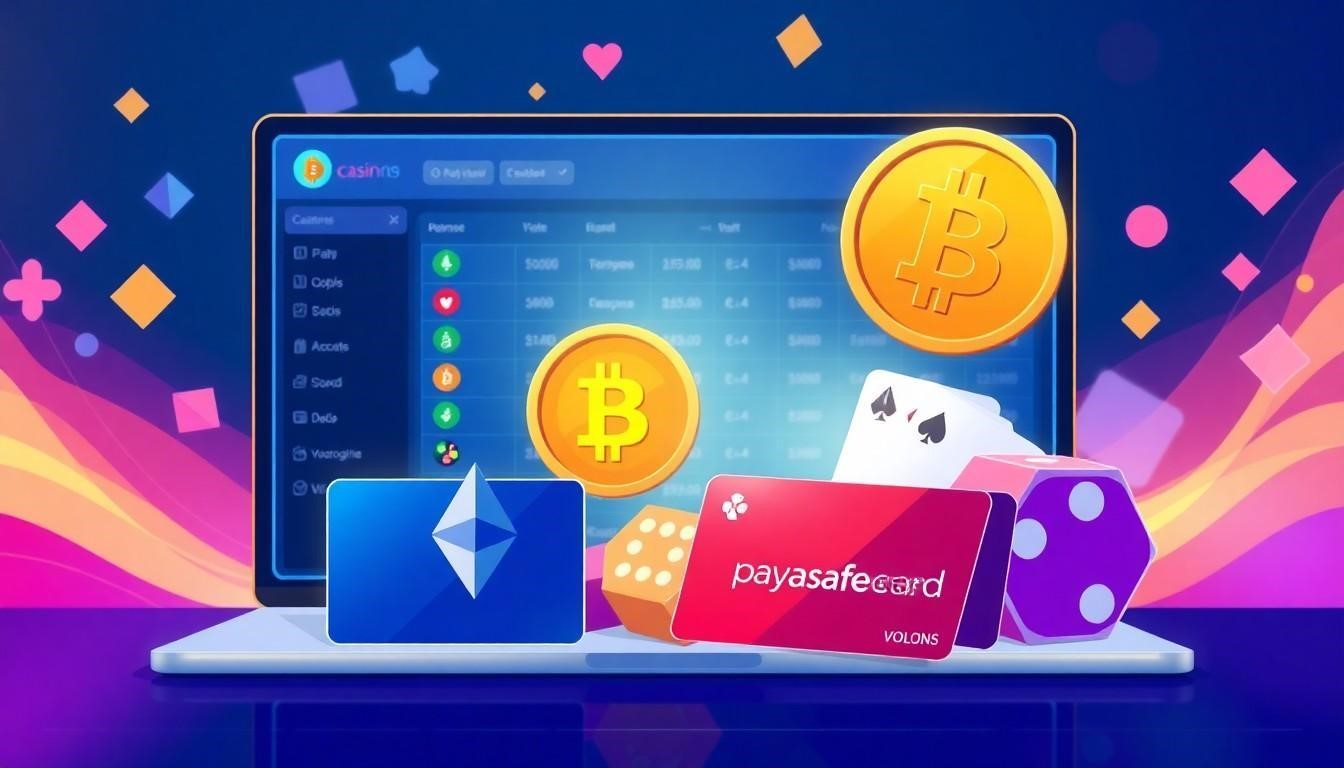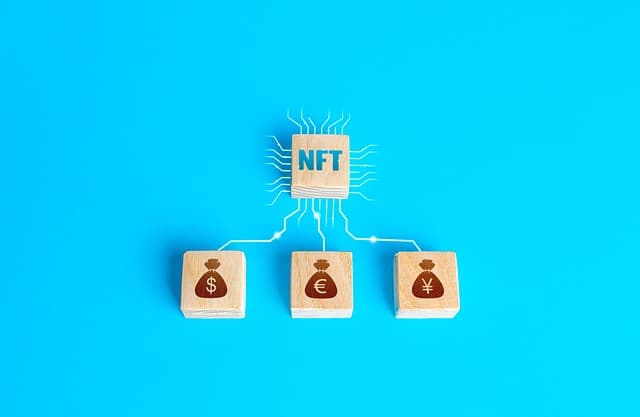Do you want to earn passive income from cryptocurrency steaking but don’t know how to get started? Many of us have heard that steaking is an easy way to earn good passive income without risk. But is that really the case?
Cryptocurrency steaking can be easy money. But you’ve probably heard that trading can be easy money too, and all too often that turns out not to be the case at all.
What is steaking?
There are two ways to explain steaking: a brief metaphor for dummies and a more detailed explanation for serious crypto investors.
The short metaphor is this: cryptocurrency steaking is like a savings account in a bank (without insurance). You can put your dollars in a bank account, the bank will pay you tiny interest (0.06% on average) to hold them and use the capital to invest. Up to a certain amount, your savings are insured. If the bank goes bankrupt, the government guarantees that you will get your funds back.
With staking, then your cryptocurrency is your dollars and your crypto exchange or decentralized protocol is the bank. You invest your coins/tokens and get interest in the same cryptocurrency. The only difference is that often your funds are not insured.
The longer explanation is that staking is necessary for the security and functionality of the blockchain. A blockchain with a proof-of-stake consensus mechanism needs locked tokens as collateral for the security and correctness of transactions.
In other words, stakers vouch with their coins that all transactions are processed correctly. For this privilege, they receive interest in the form of tokens minted when a new block is added, but they can also be penalized (this is called slashing) if they act incorrectly.
What are staking rewards?
In many blockchains, you can participate in steaking without having to do the work and process transactions. These are handled by validators. When you steak cryptocurrency using a centralized or decentralized steaking pool, your coins are combined with other people’s coins and the platform acts as a validator.
For their work, validators earn what is commonly referred to as a staking fee. This is akin to the interest that a bank pays to depositors. The amount of the staking fee can depend on several factors:
- The steaking cryptocurrency.
- The steaking provider.
- Whether you are acting as a validator yourself or participating in a staking with an existing validator.
- Token lock duration.
As an end user, you see the steaking reward expressed as an annual percentage yield (APY). The steaking reward is usually paid in the same currency: if you are steaking Ether, you will receive the reward in Ether. However, if you participate in liquidity provider token steaking, you may receive a different special reward token.
Centralized Staking
Centralized staking is the choice of a provider such as Binance or Coinbase, i.e. a crypto exchange or a specialized crypto-staking service. Centralized providers pool the deposits they receive from users and act as validators to verify transactions on the blockchain. They charge a fraction of the steaking fees for their services, but offer attractive APYs (depending on the coin delivered).
Both stablecoins and cryptocurrencies are available for staking, with stablecoins sometimes yielding almost 10% in APY. Some providers also offer deposit insurance in stablecoins.










